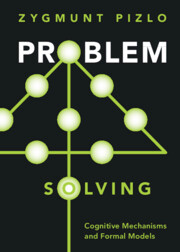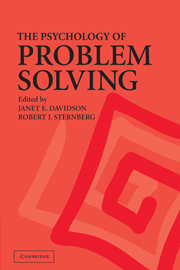Problem Solving
Intelligent mental representations of physical, cognitive and social environments allow humans to navigate enormous search spaces, whose sizes vastly exceed the number of neurons in the human brain. This allows us to solve a wide range of problems, such as the Traveling Salesperson Problem, insight problems, as well as mathematics and physics problems. As an area of research, problem solving has steadily grown over time. Researchers in Artificial Intelligence have been formulating theories of problem solving for the last 70 years. Psychologists, on the other hand, have focused their efforts on documenting the observed behavior of subjects solving problems. This book represents the first effort to merge the behavioral results of human subjects with formal models of the causative cognitive mechanisms. The first coursebook to deal exclusively with the topic, it provides a main text for elective courses and a supplementary text for courses such as cognitive psychology and neuroscience.
- The first textbook for courses dedicated to human problem solving
- Sets out and develops formal theories in human problem solving
- Connects problem solving with Cognitive Science and Computer Science
Product details
July 2022Hardback
9781009205566
250 pages
262 × 185 × 18 mm
0.57kg
Available
Table of Contents
- Preface
- 1. Problem solving – definition of the main concepts
- 2. Animal problem solving: innovative use of tools
- 3. Modern research on the human's ability to solve problems that have large spaces
- 4. The exponential pyramid representation that compensates for the exponentially-large problem spaces
- 5. Heuristic function, distance and direction in solving problems
- 6. Insight and creative thinking
- 7. Inference in perception. Perceptual representation: a rejoinder to insight
- 8. Cognitive inference. Mental representations
- 9. Theory of Mind (ToM)
- 10. Solving problems in physics and mathematics
- 11. Summary and conclusions.







